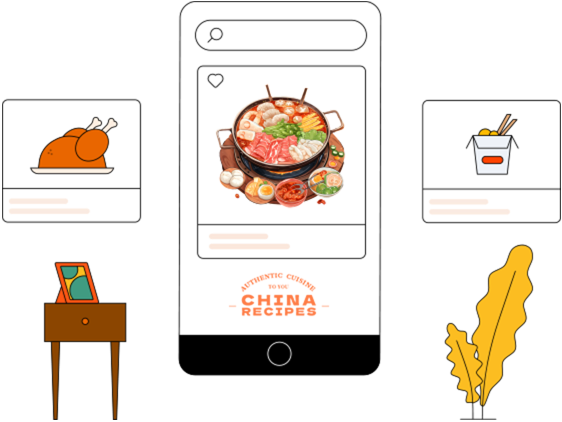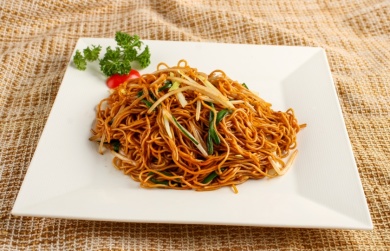Lo Mein vs Chow Mein: Key Differences You Need to Know
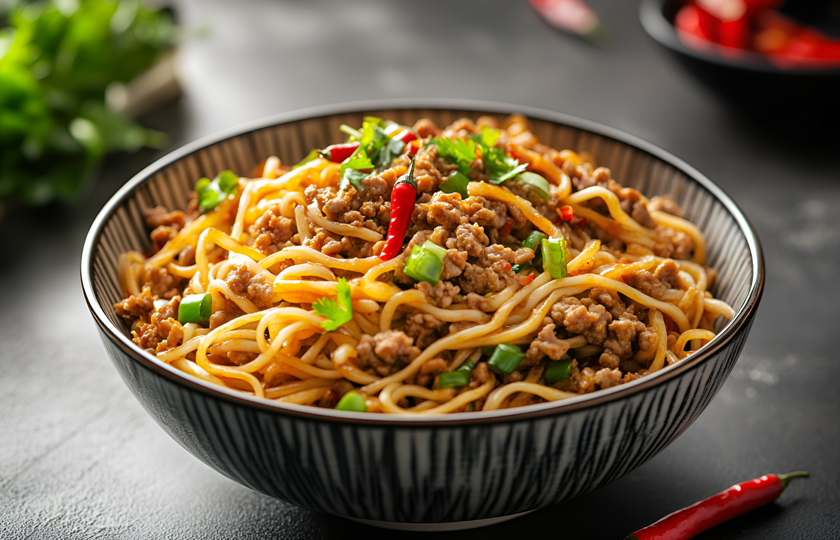
Lo Mein and Chow Mein are both Chinese noodle dishes, and their names are English versions of the Chinese names. Although both Chow Mein and Lo Mein are equally delicious, there are actually clear differences between these two dishes.
Different types of noodles used
Lo Mein:
Usually, thicker and chewier fresh egg noodles are used. These noodles remain soft and moist after being cooked.
Chow Mein:
More often, thinner dried noodles (such as alkaline noodles) or thin, fried/crispy noodle cakes are used. These noodles become crispy or chewy during the stir-frying process.
Different cooking methods
Lo Mein:
It means "mixed noodles" or "stirred noodles". The noodles are cooked first and then stirred together with ingredients and sauce.
The ingredients and sauce are stir-fried in a pan first, and finally the cooked noodles are added to let the noodles absorb the flavor of the sauce.
Chow Mein:
It means "stir-fried noodles". The noodles become crispy during the stir-frying process.
The noodles are first cooked until semi-cooked and then quickly stir-fried with the ingredients in a pan until the noodles become crispy.
Different textures and flavors
Lo Mein:
The texture is soft and moist. The noodles absorb a rich sauce, resulting in a strong overall flavor.
The sauce is usually based on soy sauce, oyster sauce or hoisin sauce, with a savory and salty taste.
Chow Mein:
The texture is crispy or chewy. The noodles absorb a small amount of sauce during the stir-frying process, but the overall dish is relatively dry.
It has a slight smoky flavor because of the caramelization during stir-frying.
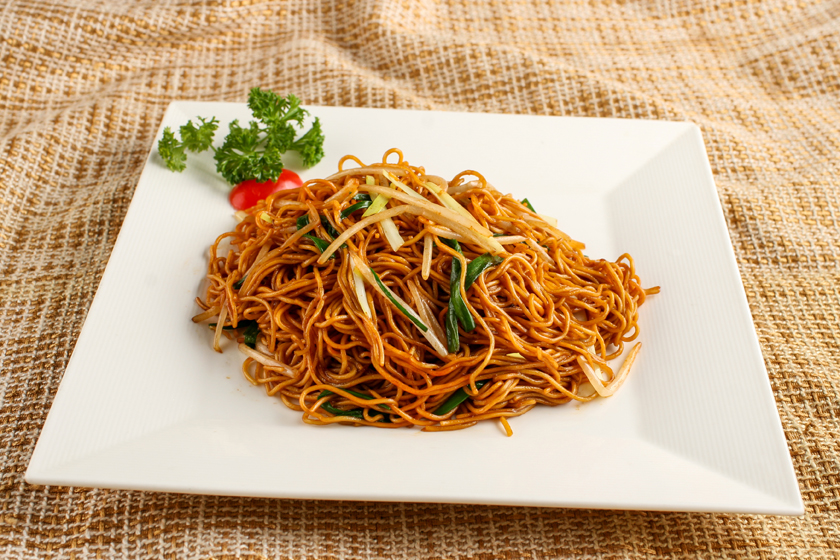
Different ingredients
Lo Mein:
The ingredients usually include vegetables (such as broccoli, carrots, green peppers) and meat (such as chicken, shrimp, beef).
The vegetables are cooked softer to match the soft texture of the noodles.
Chow Mein:
The ingredients usually include bean sprouts, cabbage, carrots, etc. These vegetables maintain a certain crunchiness during the stir-frying process.
The protein sources can be beef, pork, chicken or tofu.
Different presentation methods
Lo Mein:
Usually served in a bowl with a rich sauce, looking shiny and attractive overall.
Chow Mein:
Usually served on a plate, highlighting the golden color and crispness of the noodles.
Different origins of the names
"Lo" comes from the Cantonese word "攞" (lou), which means "stir", referring to the process of mixing the noodles with the sauce.
"Chow" corresponds to the Cantonese word "炒" (chao), referring to the cooking method of high-temperature stir-frying; in some dialects, "炒" also encompasses "frying".
And "mein" means noodles in Chinese.
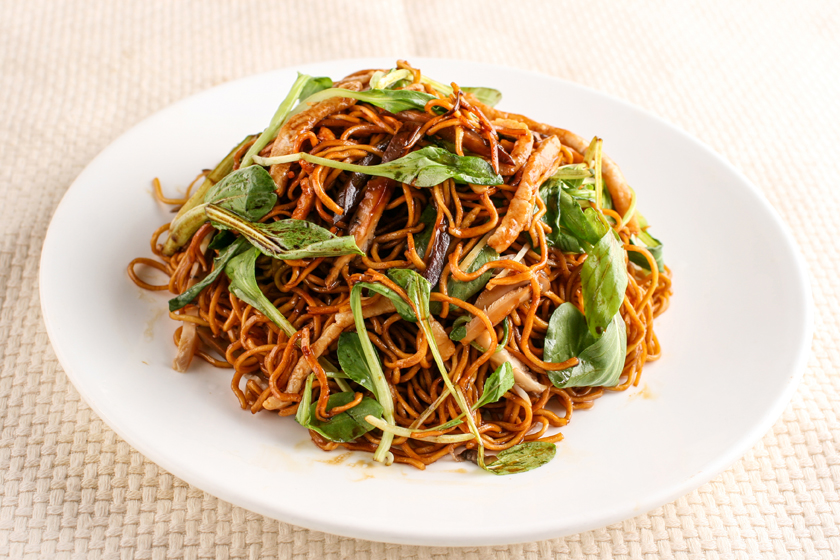
Calorie comparison
The calories of each serving of Lo Mein and Chow Mein in Chinese restaurants are usually approximately as follows:
Lo Mein: Approximately 400 - 600 calories per serving, depending on the type of noodles, ingredients and the amount of sauce used.
Chow Mein: Approximately 400 - 700 calories per serving, depending on whether the noodles are the crispy stir-fried version. If it is Crispy Chow Mein that has been stir-fried until crispy, the calorie count will be higher because more oil is used. If it is the traditional soft stir-fried version, the calorie count is usually close to that of Lo Mein.
Which one tastes better, lo mein or chow mein?
It depends on your personal preference.
Do you like soft, saucy noodles that go down smoothly? You may like lo mein.
If you prefer crispy chow mein with less sauce, then order chow mein.
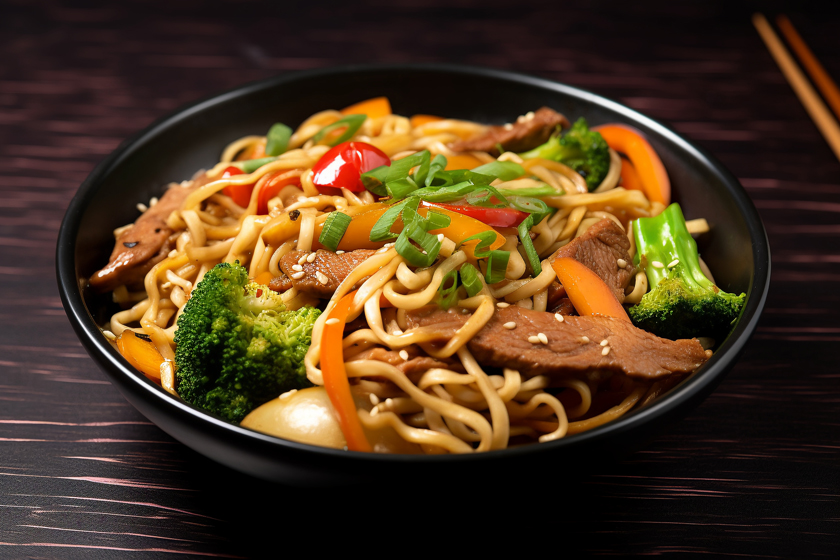
Which one is healthier, lo mein or chow mein?
Generally speaking, lo mein is healthier than chow mein for the following reasons:
1. Amount of oil:
The noodles of lo mein are usually soft and less fried, so they contain less oil. In contrast, chow mein, especially the crispy stir-fried version (fried noodles), uses more oil, increasing the calorie and fat content.
2. Noodles and sauce:
The noodles of lo mein absorb the sauce. Although the calorie content is relatively high, they usually don't require extra oil for stir-frying, maintaining a relatively light taste.
For chow mein, which is stir-fried, especially the crispy version, the fried noodles usually have a higher calorie content and a greasier texture.
3. Vegetables:
Both can include vegetables. However, lo mein is usually moister, and the vegetables may be better cooked in the sauce. For chow mein, the stir-frying process may make the vegetables a bit dry, reducing the overall moisture and nutrient absorption of the food.
How to make lo mein?
Ingredients:
250g fresh lo mein egg noodles
1 tablespoon oil
2 cloves garlic, minced
2 cups mushrooms, sliced
1 red bell pepper, shredded
1 carrot, shredded
3 cups baby spinach
Sauce:
2 tablespoons low-sodium soy sauce
2 teaspoons sugar
1 teaspoon sesame oil
½ teaspoon ground ginger
Steps:
1. In a small bowl, stir together soy sauce, sugar, sesame oil and ginger. Set aside.
2. In a large pot of boiling water, cook the noodles according to the package instructions. Drain.
3. Heat the oil over medium heat. Add the garlic and stir occasionally until slightly golden.
4. Increase the heat to medium-high. Add the mushrooms, bell pepper and carrot. Stir-fry until they are softened, about 3 - 4 minutes. Add the spinach and stir-fry until the spinach is wilted, about 2 - 3 minutes.
5. Add the cooked noodles and the soy sauce mixture. Gently toss to combine and then you can enjoy it.
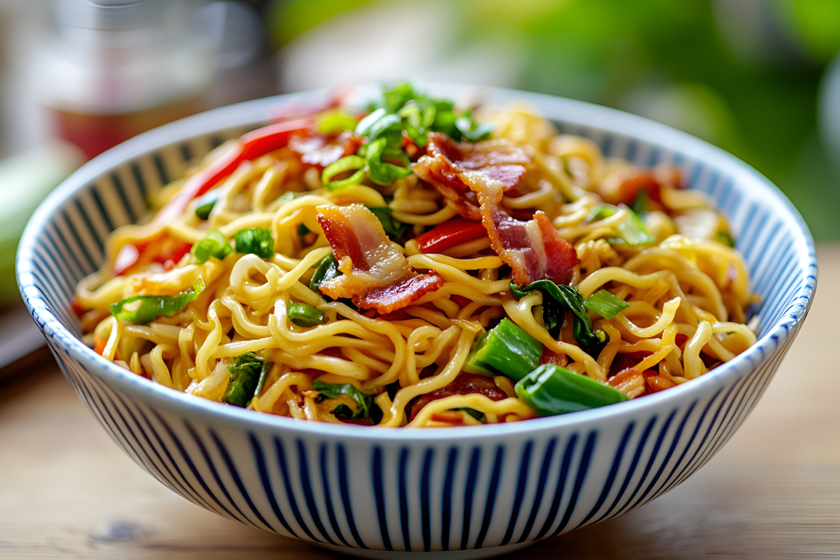
Where can I buy fresh lo mein noodles?
Lo mein noodles are fresh yellow noodles (usually labeled as "egg noodles") and are sold in the refrigerated section of local Asian grocery stores.
If you live in America, a popular brand is Twin Marquis. They have several packages of lo mein noodles, both uncooked and cooked ones. The cooked ones are called “cooked noodle” or oil noodles. For the uncooked noodles, make sure to follow the package directions for boiling and draining.
But for this recipe, you can definitely use spaghetti or buy dried noodles on Amazon. The taste will be just as perfect.
How to make chow mein?
Ingredients:
200g Chinese chow mein noodles
1 tablespoon oil
100g chicken (cut into strips, or beef, pork, shrimp, etc.)
1 carrot (shredded)
1/2 onion (shredded)
1/2 green pepper (cut into strips)
2 cloves garlic (minced)
2 tablespoons light soy sauce
1 tablespoon dark soy sauce
1/2 tablespoon oyster sauce
1/2 tablespoon white sugar
1/2 tablespoon cooking wine
Steps:
1. Put the noodles in boiling water and cook for about 3 - 4 minutes.After fishing out, rinse with cold water and drain, set aside.
2. Prepare the ingredients: Cut the chicken, carrot, onion and green pepper, and mince the garlic, set aside.
3. Heat the vegetable oil in a pan, add the minced garlic and stir-fry until fragrant. Then add the chicken strips and stir-fry until they change color. Next, add the shredded carrot, shredded onion and green pepper strips, and stir-fry until the vegetables are slightly soft.
4. Add light soy sauce, dark soy sauce, oyster sauce, white sugar and cooking wine, stir well, and stir-fry until the vegetables and meat are colored.
5. Add the cooked noodles and continue to stir-fry.
6. After stir-frying, transfer the chow mein to a plate. You can sprinkle some scallions for decoration and enjoy it immediately.
Note:
The noodle part is very simple. You can really use any type of noodles, such as thick noodles, thin noodles, fresh noodles, dried noodles, egg noodles, ramen, spaghetti, etc.
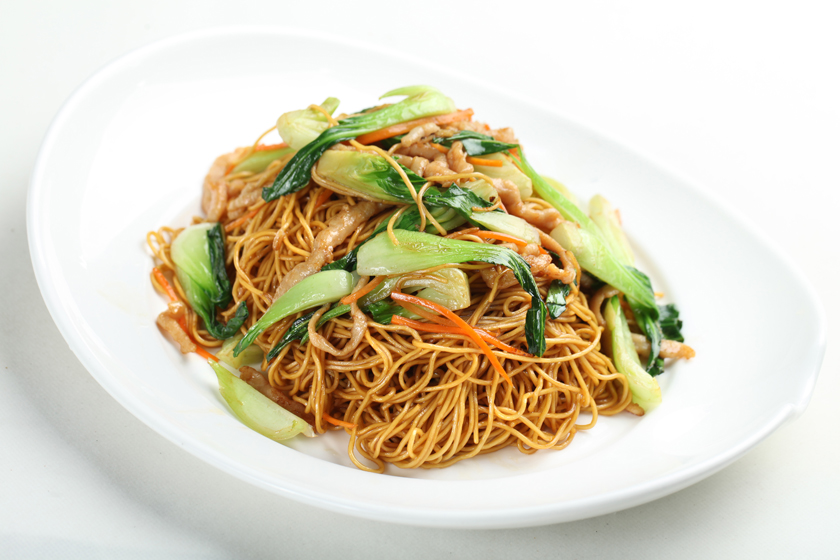
Recommended recipe: Pork Chow Mein
Ingredients for Chinese noodle dishes
Although the sauce is made by mixing light soy sauce, dark soy sauce, oyster sauce and sesame oil, there are also some variations.
According to the recipe, rice vinegar, garlic, ginger, sugar and rice wine can be added.
The chow mein sauce gently coats the noodles. Lo mein has more sauce, and the sauce is usually thicker.
One of the great advantages of these two dishes is that they can be customized to your taste, whether you make them at home or order them for takeout.
Stick to a vegetarian diet, or choose your favorite protein. You can change the recipe each time by using a combination of mung bean sprouts, Chinese cabbage, snow peas or mushrooms.





